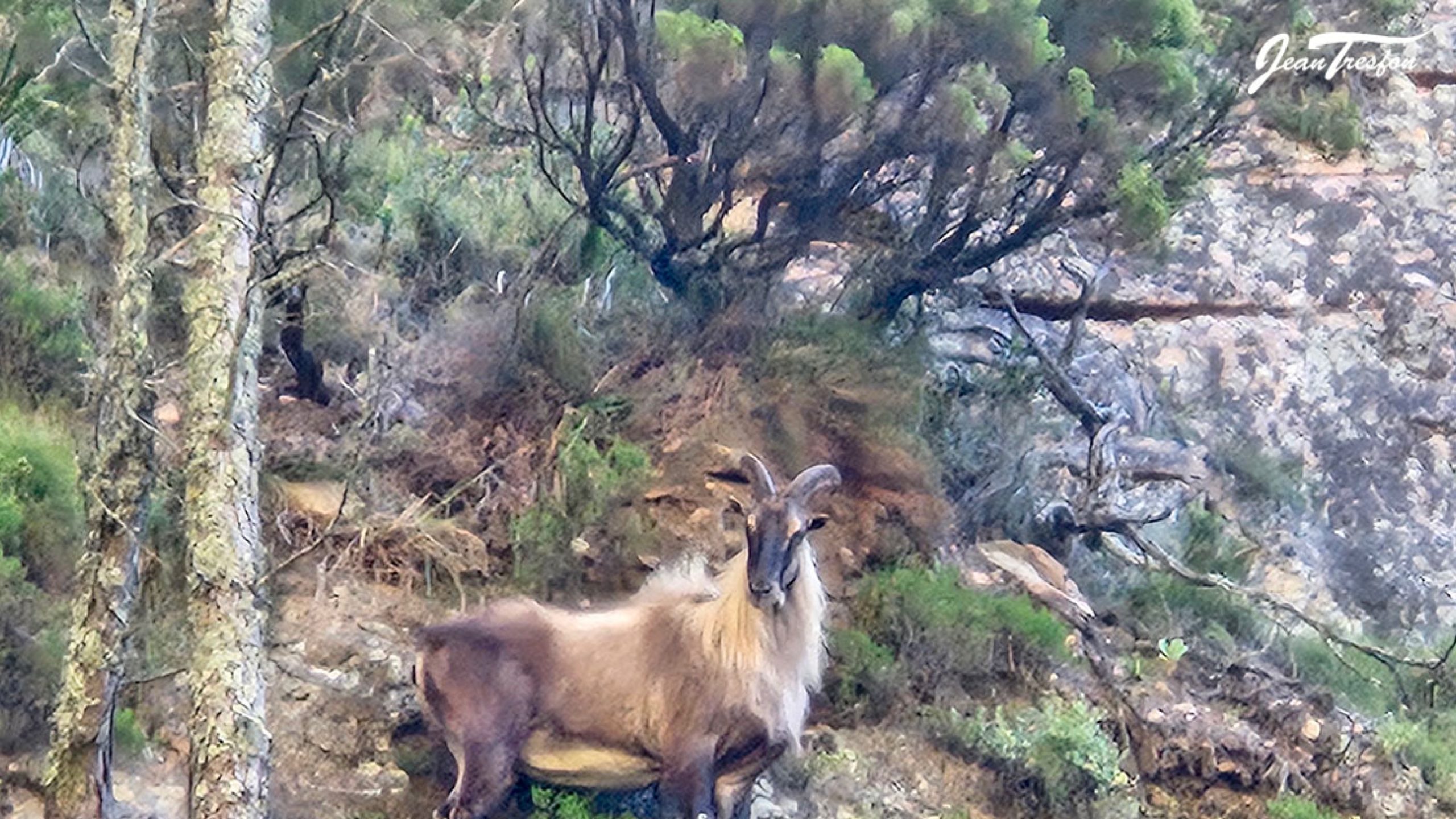Himalayan tahr Table Mountain sightings surfaced again this week. Hikers reported small groups moving along steep ravines and rocky ledges. The animals navigate exposed faces with ease, which makes them hard to spot until they stand in the open. As a result, reports often cluster around popular viewpoints.
How They Arrived and Adapted
Early animals escaped from captivity decades ago and found ideal habitat on the mountain, which is now known as a Himalayan tahr haven on Table Mountain. They bred on inaccessible ledges and learned local routes between food patches. Over time, a small but resilient population settled across sections of the range. Their agility and generalist diet helped them persist.
Fynbos and Wildlife Pressure
The concern centers on browsing pressure from animals like the Himalayan tahr. Repeated feeding can strip sensitive fynbos, loosen soil and set off erosion on already fragile slopes. Native species feel the squeeze when food and space get tight. Consequently, managers monitor overlap with antelope like klipspringer to keep competition in check.
What Managers Consider Now
Officials review a mix of tools to manage the Himalayan tahr on Table Mountain. These include targeted removals, improved tracking and tighter reporting of sightings. Helicopter access or translocation needs careful planning because cliffs, weather and public use complicate operations. Meanwhile, routine monitoring maps where the animals move and where damage starts to show. This step-by-step approach keeps options open without risking trail safety.
What Hikers Should Do
Keep a respectful distance from Himalayan tahr and never feed wildlife. Stick to marked routes, move calmly and give the animals a clear line to retreat. If you see them, record the location, time and group size on a citizen science app or through park channels. Clear reports help managers refine maps, protect plants and plan safe responses.
Himalayan tahr Table Mountain sightings will keep testing the balance between an eye-catching alien species and Cape Town’s unique fynbos. With steady reporting and sensible trail habits, the city can protect both people and the mountain.




